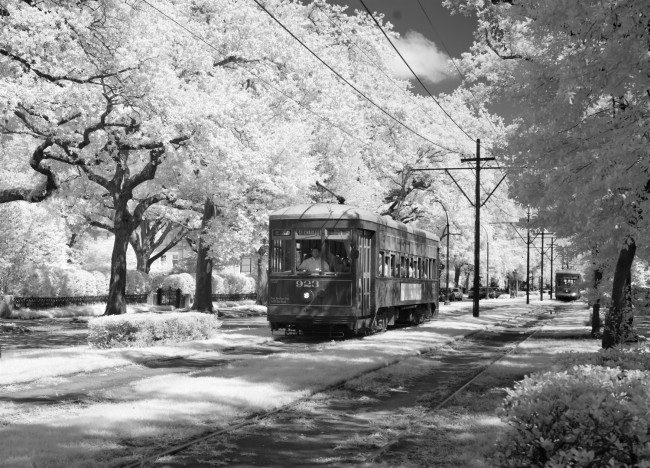Inducted 2010
When the Southern Car Company in High Point, North Carolina closed its doors in 1916, an unemployed Canadian born Perley A. Thomas started his own one man business called High Point Mantel Company. The new company specialized in building high-end custom appointments for residences, businesses and churches in the area.
Later that same year, while working on his own, Thomas was sought out by the Southern Public Utilities Company of Charlotte, North Carolina. The company had earlier purchased an order of open warm weather streetcars from the Southern Car Company and was looking to refurbish them for all season use. Rather than doing the work themselves, the Southern Public Utilities Company looked to Perley, as the chief engineer of the streetcars, to complete this work. As a result of this one time contract offer, Perley Thomas was able to purchase the Southern Car Company’s equipment and resurrect a defunct streetcar manufacturing company under the name of Perley A. Thomas Car Works.
It was not long after his new company got its start that the Perley A. Thomas Car Works was competing successfully with the other known, reputable manufacturers of streetcars in the United States. In 1923, the full order of 73 Arch Roof New Orleans Streetcars was awarded to the Perley A. Thomas Car Works – completely shutting out the nation’s leading streetcar manufacturers of the day – the J.G. Brill Company of Philadelphia. These 73 streetcars were the New Orleans Public Serve Incorporated 900 Series. There are 35 of the original 900 Series streetcars in operation in New Orleans today.
During his 30 years of employment within the urban rail business, Mr. Perley A. Thomas designed and produced streetcars to meet the needs of mass transit in many U.S. cities, including Philadelphia, Washington, D.C., New York City, Chicago, New Orleans, Charlotte, Detroit, Miami, Augusta, Knoxville and even San Juan, Puerto Rico. Perley designed streetcars to meet the unique needs of each locality, including a double decker streetcar for sightseeing in Washington, D.C. His designs were south after and some remain instantly recognizable as symbols of these cities, such as the olive green, arch roof, double-truck, double-ended, all-steel streetcars of New Orleans.


